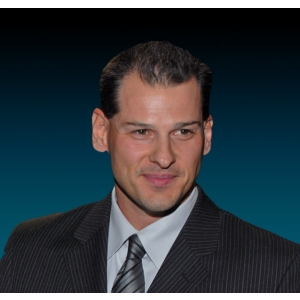Advertisement
Shoulder pain during overhead pressing movements can occur from tightness and over activity of one of your major back muscles called the latissimus dorsi (commonly referred to as the lat muscle). This muscle attaches to your shoulder blade and upper arm. Tightness of this muscle causes altered movement of the main shoulder joint. This can lead to pinching of the rotator cuff tendon, often the culprit of shoulder pain during overhead pressing. To correct the problem, do the following:
1. Foam roll your outer back shoulder muscle, the latissimus dorsi.
2. Stretch your chest muscle (pectoralis major). Perform the wall chest stretch and hold for 30 seconds.
3. Stretch your back-shoulder muscle (latissimus dorsi). Perform the kneeling lat stretch and hold for 30 seconds.
4. Strengthen your rotator cuff and shoulder blade muscles (lower trapezius and rhomboids). Perform the ball cobra and ball combo #1; do 1-3 sets of 12-20 repetitions using light weight.
1. Foam roll your outer back shoulder muscle, the latissimus dorsi.
2. Stretch your chest muscle (pectoralis major). Perform the wall chest stretch and hold for 30 seconds.
3. Stretch your back-shoulder muscle (latissimus dorsi). Perform the kneeling lat stretch and hold for 30 seconds.
4. Strengthen your rotator cuff and shoulder blade muscles (lower trapezius and rhomboids). Perform the ball cobra and ball combo #1; do 1-3 sets of 12-20 repetitions using light weight.
Continue Learning about Avoiding Pain & Injury During Exercise
Important: This content reflects information from various individuals and organizations and may offer alternative or opposing points of view. It should not be used for medical advice, diagnosis or treatment. As always, you should consult with your healthcare provider about your specific health needs.
